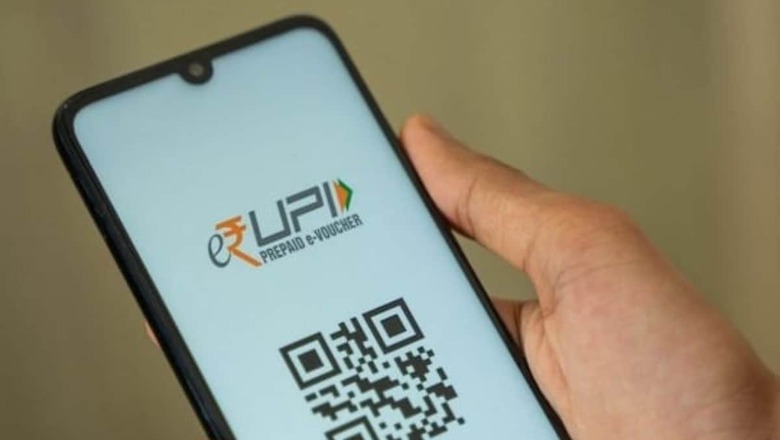
views
Reversing a UPI (Unified Payments Interface) payment can be a complex process, and it’s important to note that the ability to reverse a payment depends on various factors, including the policies of the bank or payment service provider involved.
Also Read: UPI vs UPI Lite: Know Difference, Transaction Limit & Other Key Details
It’s crucial to act promptly in case of any issues and to keep detailed records of the transaction, including transaction IDs, dates, and amounts. Note that the success of reversing a UPI payment depends on the specific circumstances and the policies of the banks or UPI service providers involved. Always refer to the terms and conditions provided by your bank or the UPI service for accurate information.
Anup Nayar, CEO- Domestic, In- Solutions Global, said that UPI transactions are typically considered final, but there are situations where you can request a reversal or dispute a transaction, such as accidental transfers or unauthorised transactions.
Nayar suggested that it’s essential to act promptly, contact your bank or UPI service provider, and provide detailed information for the reversal.
You may need to reverse a UPI payment in the following cases:
- You accidentally sent money to the wrong UPI ID or mobile number.
- You made an unauthorised payment.
- The transaction was fraudulent.
- The recipient has not accepted the payment yet.
- Technical glitch as the transaction failed or was declined.
“Reporting fraud to BHIM/NPCI customer care is important in case of fraudulent transactions. However, there’s no guarantee of a successful reversal. To avoid such situations, it’s crucial to follow precautions like verifying recipient details, entering the correct amount, and being cautious with unknown merchants,” Nayar said.
Contacting customer support before a transaction can also prevent errors and unauthorised transfers. Following these precautions can help reduce the likelihood of needing to reverse a UPI transaction.
It is important to note that not all UPI transactions can be reversed. For example, if the recipient has already accepted the payment, it may not be possible to reverse the transaction.
If you need to reverse a UPI payment, you should contact your bank or UPI service provider as soon as possible. The sooner you report the issue, the more likely it is that the transaction can be reversed.
If you are unsure whether or not you can reverse a UPI payment, it is always best to contact your bank or UPI service provider for assistance.
If you are unable to reverse the UPI transaction through your bank or UPI service provider, you can file a complaint with the NPCI. It is the umbrella organisation that operates the UPI system.
If your bank is unable to resolve the issue, you can also escalate the matter to the banking ombudsman or relevant regulatory authorities, depending on your jurisdiction. Keep in mind that policies and procedures may vary between banks and UPI service providers.
UPI is a very popular payment method in India, and it is used by millions of people every day. It is convenient, fast, and secure, making it a great option for making payments both online and offline.
It is a real-time payment system developed by NPCI. It allows users to transfer money between bank accounts instantly and free of charge using a mobile device.
To make a UPI payment, users simply need to enter the recipient’s VPA and the amount of money they want to send. They will then be prompted to authenticate the transaction using their mobile banking PIN or biometrics. Once the transaction is authenticated, the money will be transferred instantly to the recipient’s bank account.















Comments
0 comment